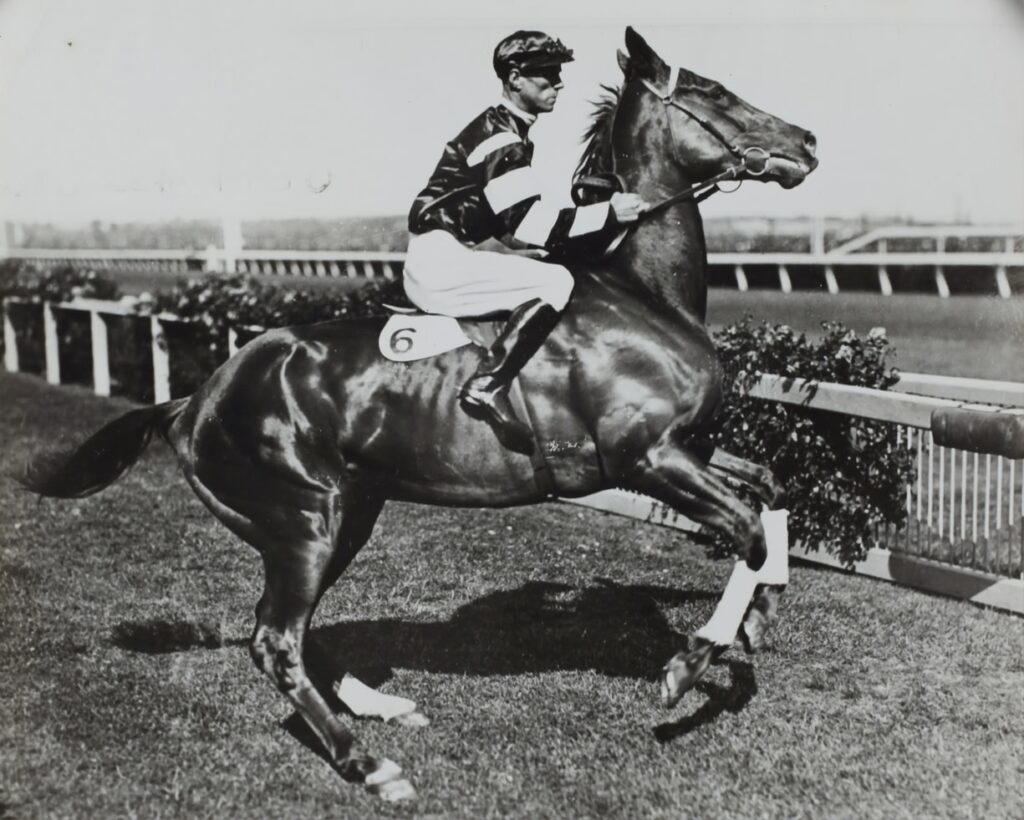
Caption: Melbourne Cup, 1930.
Since sports have been around, there have been fans willing to wager on the outcome of an event. From the ancient days of the Greek Olympiads to the modern gladiators of the UK’s Premier League, winning big on a favored athlete or team can be the highlight of a punter’s life.
In the past century, sports betting has taken off due to advances in technology. The advent of Wi-Fi and smartphones means that many sports fans can place wagers with their favorite sportsbook with a few clicks. Aside from technology, legal developments have also helped revolutionize the industry.
Though countries like the UK and Canada have had a robust betting market for decades, the US only recently opened to bookmakers beyond the confines of Nevada in 2018. Since then, groups that offer trusted analysis and competitive wagers on popular leagues and events at home and abroad have found their footing with American punters, leading to new trends in the industry.
Unlike the bookmakers of yore, who focused on horse racing alone, today’s top bookies worldwide offer a wide array of bets. To cater to tech-minded punters, leading sportsbooks also come with seamless mobile platforms, live betting options, and a diverse range of expert opinions to dive into.
But the bookies of yesteryear had to make do with little more than paper and a pencil. Instead of adopting a mobile platform to handle thousands upon thousands of user bets, lone bookies would organize wagers and payouts for hundreds of punters using only quick math skills and an eye for detail.
Ye Old Ledger
The old days of sports betting revolved around horseracing, and the home of the bookie was near the Grand Stand (in most cases). During the 1600s in England, the first modern iterations of sportsbooks popped up to cater to men who wanted to bet on three factors: win, place, and show.
A win required the bettor to choose the winning horse; a place required them to choose a horse that finished second or third; and a show required they select a horse that finishes either first, second, or third.
In the past two centuries, bookies have typically used a five-column ledger. Though each bookie had their own system, many surviving ledgers indicate a standard practice was to write a horse’s name to the left-hand side and record wagers to the right, divided by type of wager.
From there, a bookie would record the type of wager, the amount wagered, and then a winning payout should the punter correctly predict the race’s outcome. For the modern bettor, this system may sound familiar—after all, the importance of keeping the books balanced transcends the world of sports betting.
Today, many regular punters choose to keep track of their bets in order to gauge their expenditure, as well as identify any successful betting patterns. There are even Excel spreadsheets specifically designed for modern sports fan to tally their winnings.
Tic-Tac Men
For the bookie of yore, the main priority was to correctly and quickly record bets and accept wagers. However, he was also responsible for recording payouts after the results of each race came in. To do this, many bookies stuck to a single spot near the Grand Stand and relied on workers known as ‘tic-tac men’ to communicate the results of each race.
From the earliest days of betting on horseracing in the UK at races like Epsom and Ascot, bookies began employing tic-tac men to communicate race results instantly. But each bookie (and news agency, as time went on) employed their own tic-tac man, who relied on tools like handkerchiefs and hats to covertly communicate ahead of the competition.
Today’s remaining tic-tac men use a standardized language of the hands, though each region has its own variation. Additionally, tic-tac men evolved to display the odds of each race over time, rather than communicate the result to bookies and news agencies.
Tic-tac men became responsible for notifying changes to the odds to other associates that may be at a far corner of the racetrack. In other words, they served as the control center for the once-wireless race track.


